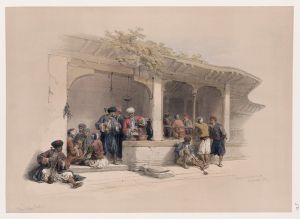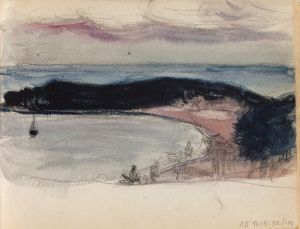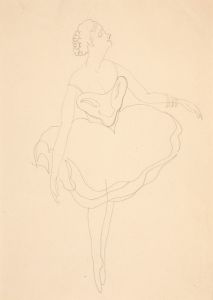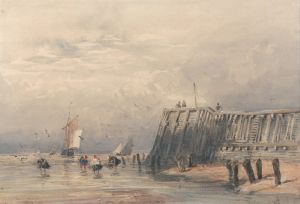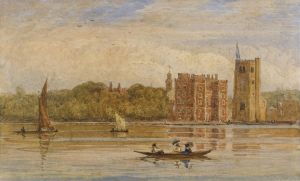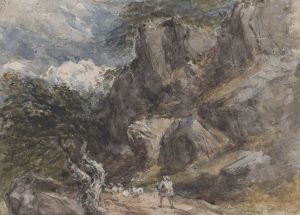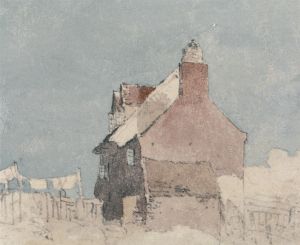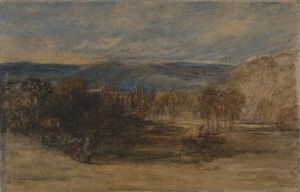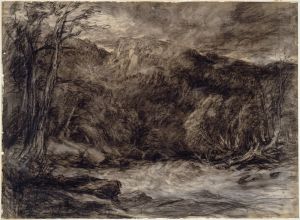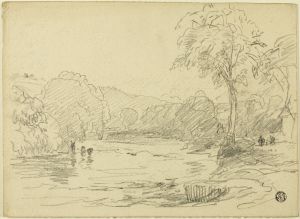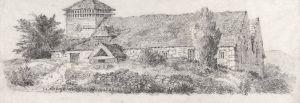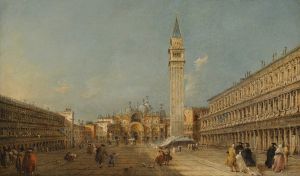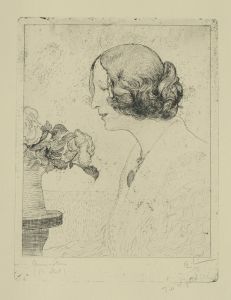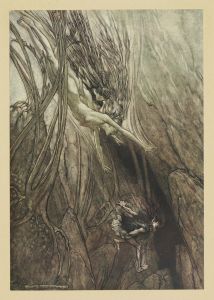
Bergen op Zoom
A hand-painted replica of David Cox’s masterpiece Bergen op Zoom, meticulously crafted by professional artists to capture the true essence of the original. Each piece is created with museum-quality canvas and rare mineral pigments, carefully painted by experienced artists with delicate brushstrokes and rich, layered colors to perfectly recreate the texture of the original artwork. Unlike machine-printed reproductions, this hand-painted version brings the painting to life, infused with the artist’s emotions and skill in every stroke. Whether for personal collection or home decoration, it instantly elevates the artistic atmosphere of any space.
David Cox, an English landscape painter, is known for his contributions to the development of watercolor painting in the 19th century. One of his works, "Bergen op Zoom," captures a scene from the Dutch city of the same name. While specific details about this particular painting are limited, it is reflective of Cox's broader artistic style and interests.
David Cox was born in 1783 in Birmingham, England, and became one of the leading figures in the English landscape tradition. He was particularly renowned for his mastery of watercolor, a medium that was gaining popularity during his lifetime. Cox's work is characterized by its loose brushwork, vibrant colors, and the ability to capture the transient effects of light and weather, which were innovative for his time.
"Bergen op Zoom" likely depicts a scene from the city located in the southern Netherlands. Bergen op Zoom has a rich history, particularly noted for its strategic military significance. It was the site of several sieges and battles, especially during the Eighty Years' War and the War of the Austrian Succession. However, Cox's focus would have been more on the landscape and the atmospheric conditions rather than the historical events themselves.
Cox traveled extensively throughout his life, often seeking inspiration from various landscapes across Britain and Europe. His travels to the Netherlands would have provided him with ample opportunity to study the unique Dutch landscapes, characterized by flat terrains, expansive skies, and intricate waterways. These elements often feature prominently in his work, suggesting that "Bergen op Zoom" might include such characteristics.
The painting would have been executed with Cox's typical approach to watercolor, emphasizing the fluidity and spontaneity of the medium. His technique often involved laying down broad washes of color to establish the composition's overall tone and mood, followed by more detailed work to define specific elements within the scene. This method allowed him to convey the essence of a landscape with an economy of detail, focusing instead on the overall impression.
Cox's influence on the art world extends beyond his own works. He was a teacher and mentor to many younger artists, and his techniques and approaches to watercolor painting helped to elevate the medium's status within the art community. His works are held in high regard and can be found in numerous public and private collections, including the British Museum and the Victoria and Albert Museum.
While specific information about "Bergen op Zoom" by David Cox is limited, the painting can be appreciated within the context of his broader oeuvre. It exemplifies his skill in capturing the natural world and his contribution to the evolution of landscape painting in the 19th century. Cox's legacy as a pioneering watercolorist continues to be celebrated, and his works remain a testament to his artistic vision and technical prowess.





